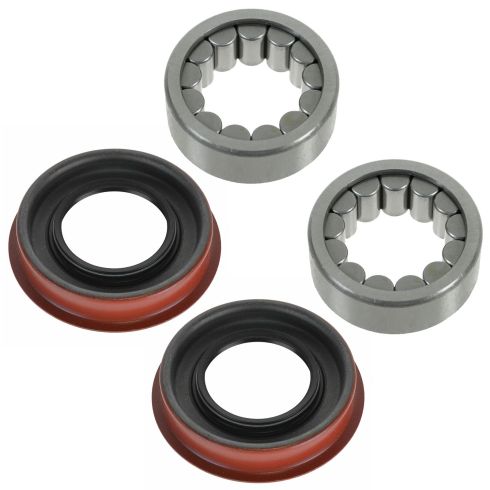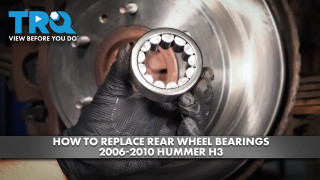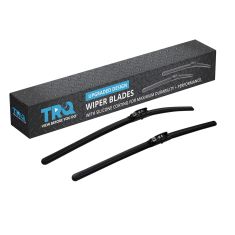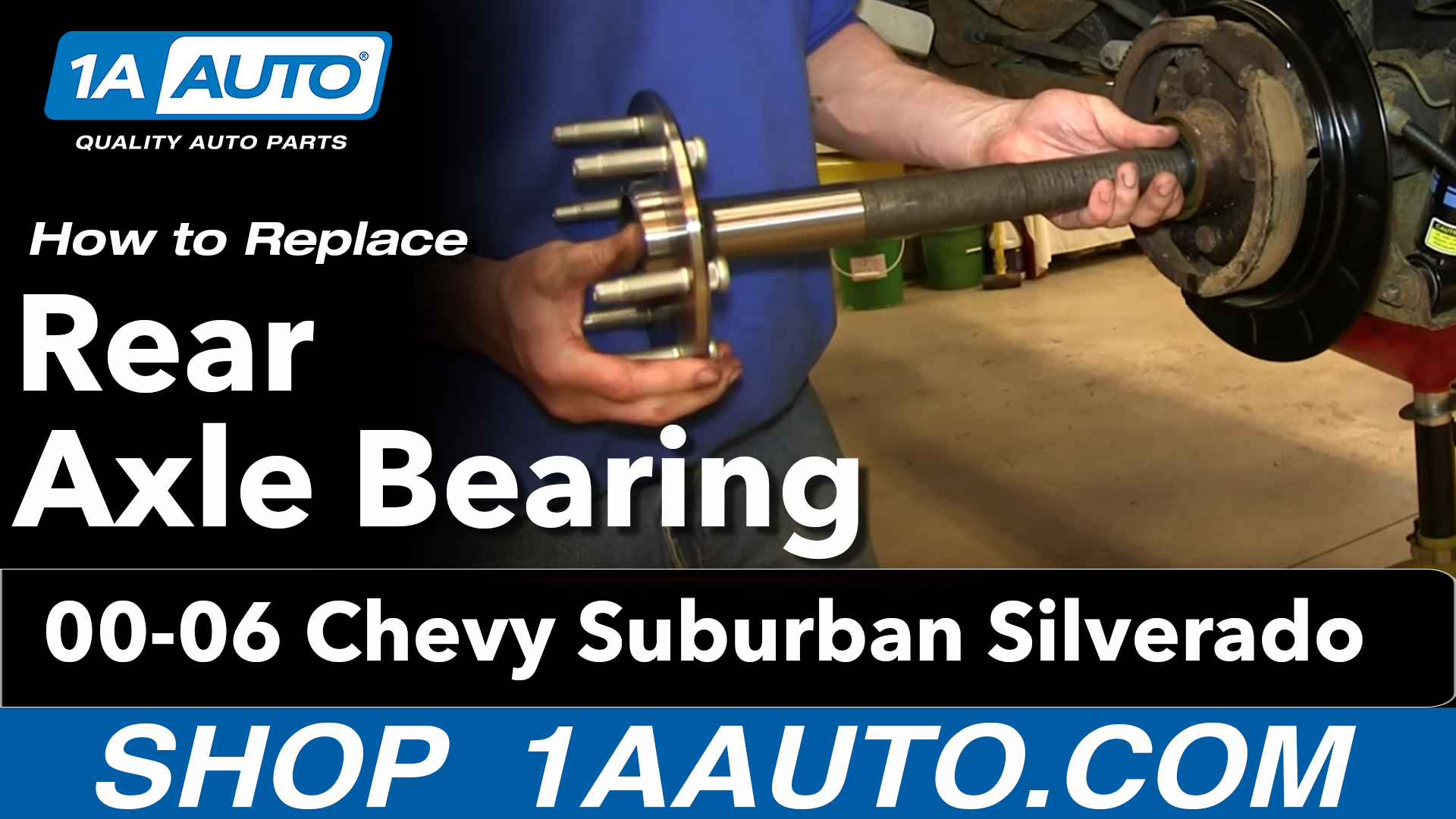1ASHS00841-Rear 4 Piece Wheel Bearing & Seal Kit TRQ BHA53236





















Replaces
2006 Isuzu i-280 Rear 4 Piece Wheel Bearing & Seal Kit TRQ BHA53236











Recommended for your 2006 Isuzu i-280
Product Reviews
Loading reviews
Customer Q&A
No questions have been asked about this item.
Isuzu is a registered trademark of Isuzu Motors Ltd. 1A Auto is not affiliated with or sponsored by Isuzu or Isuzu Motors Ltd.
See all trademarks.









